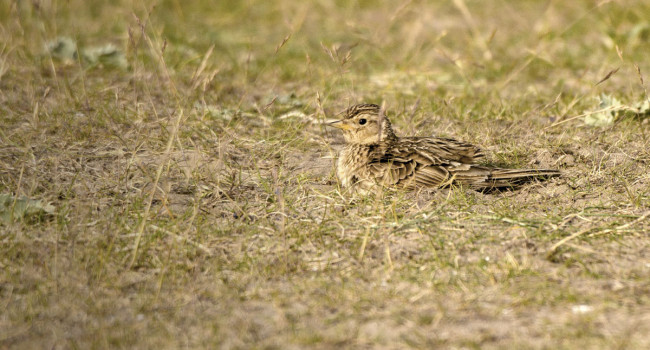Comparison of trends in butterfly populations between monitoring schemes
Author(s): Roy, H.D.B., Ploquin, E.F., Randle, Z., Risely, K., Botham, M.S., Middlebrook, I., Noble, D., Cruickshanks, K. Freeman, S.N. & Brereton, T.M.
Published: December 2014 Pages: 12pp
Journal: Journal of Insect Conservation Volume: 19 ( part 2 )
Digital Identifier No. (DOI): 10.1007/s10841-014-9739-0
Abstract
Butterflies are an important indicator of the impacts of environmental change. Butterfly monitoring schemes (BMS) have provided national and Europe-wide trends in their abundance and been widely used for research. Most schemes sample sites that are self-selected by contributors and therefore tend to cover locations that are rich in butterflies. To provide a more representative assessment of butterfly populations, the wider countryside butterfly survey (WCBS) was developed with a stratified-random sample of survey sites across the UK. We compare butterfly trends from the WCBS locations against those measured from traditional butterfly transects which are typically located in areas of good quality semi-natural habitats. Across the 26 species analysed, there was a significant positive relationship between trends measured from the two schemes between 2009 and 2013, the period when both schemes were operating fully. There was a tendency (17 out of 26 species analysed) for these changes to be greater within WCBS compared to traditional BMS transects, although this effect was not consistent across comparisons between pairs of consecutive years. When assessing these individual year-to-year changes, there was however a significant correlation between the two schemes in all cases. Over relatively short time periods, weather patterns are likely to dominate butterfly population fluctuations and lead to comparable trends across monitoring schemes. Over longer time periods, differences in land management may affect habitat condition differently for protected areas versus the wider countryside and it is therefore important to maintain comprehensive butterfly monitoring programmes to detect and interpret such effects.
Staff Author(s)







Share this page